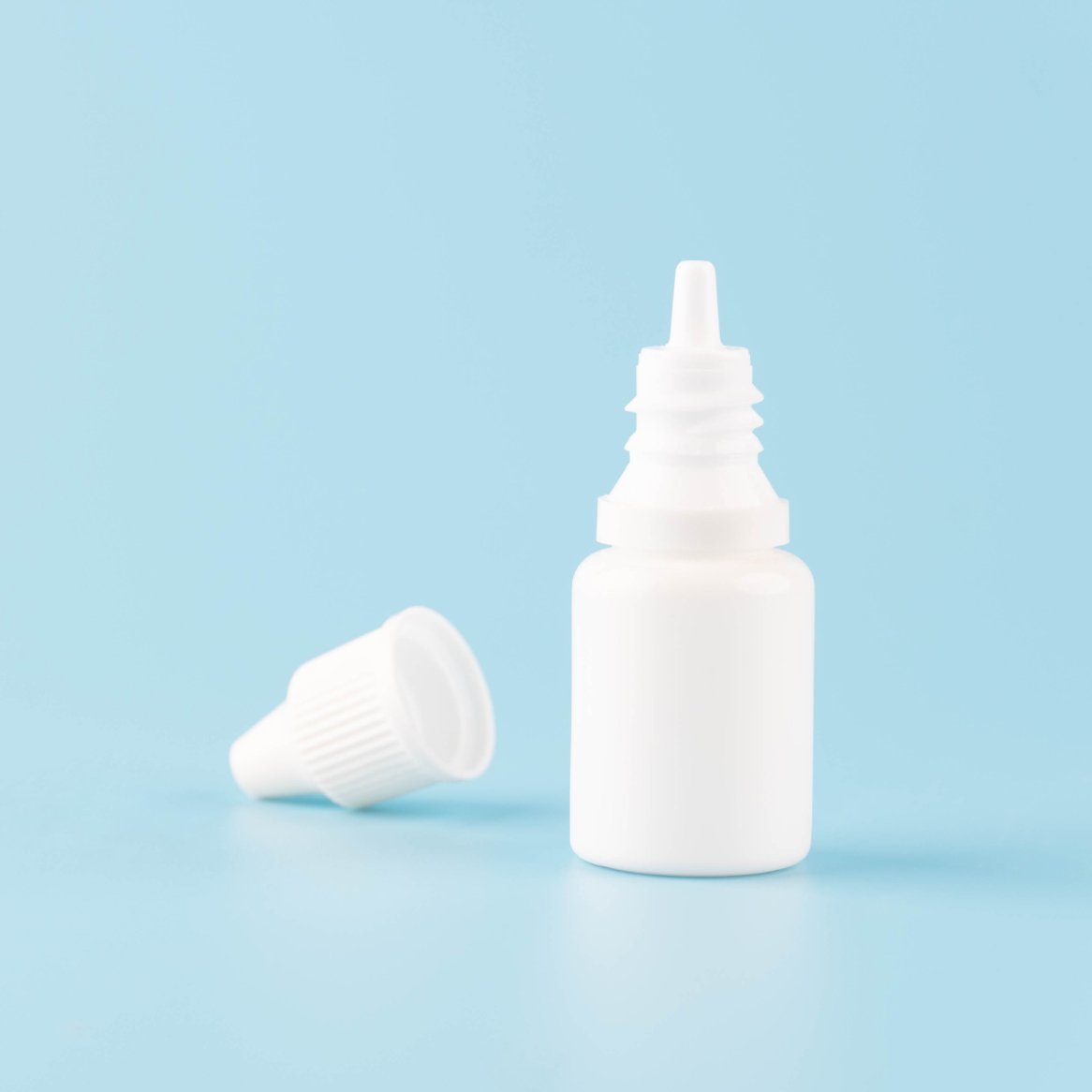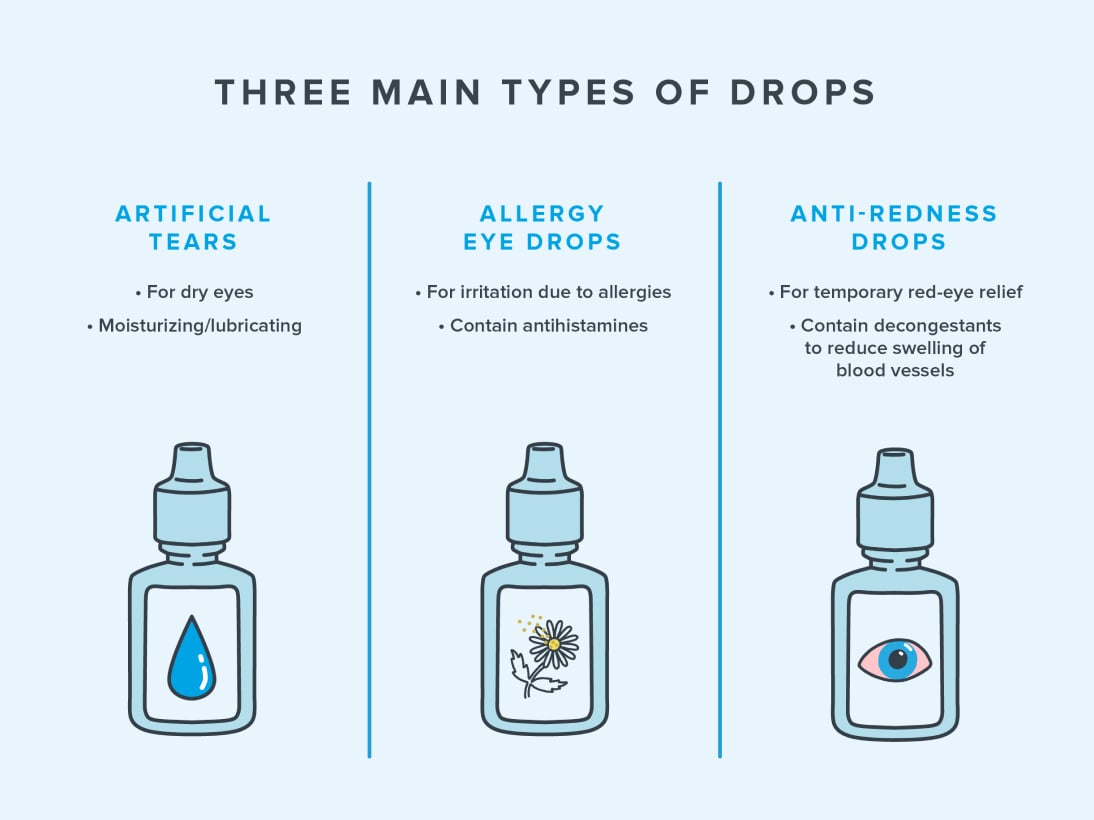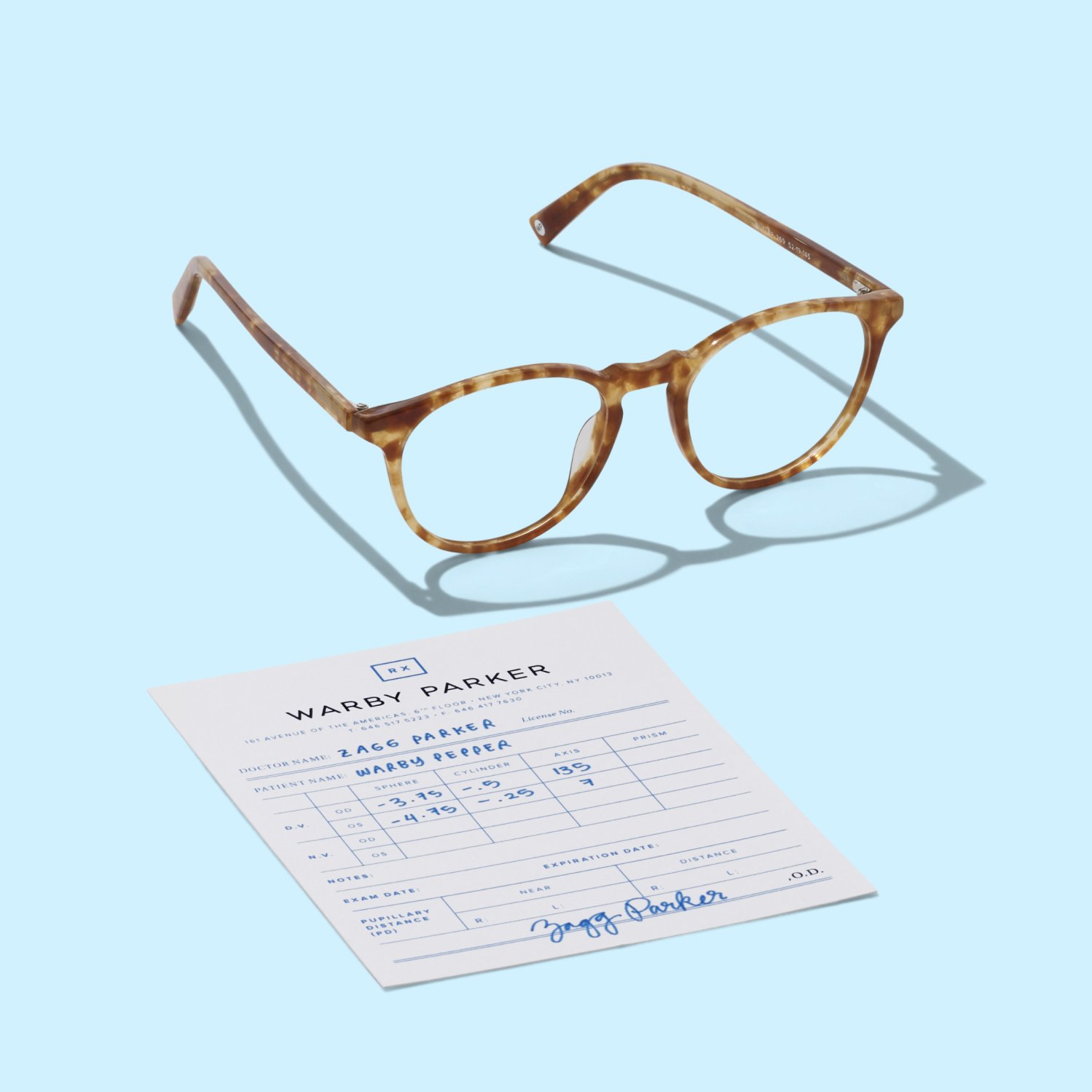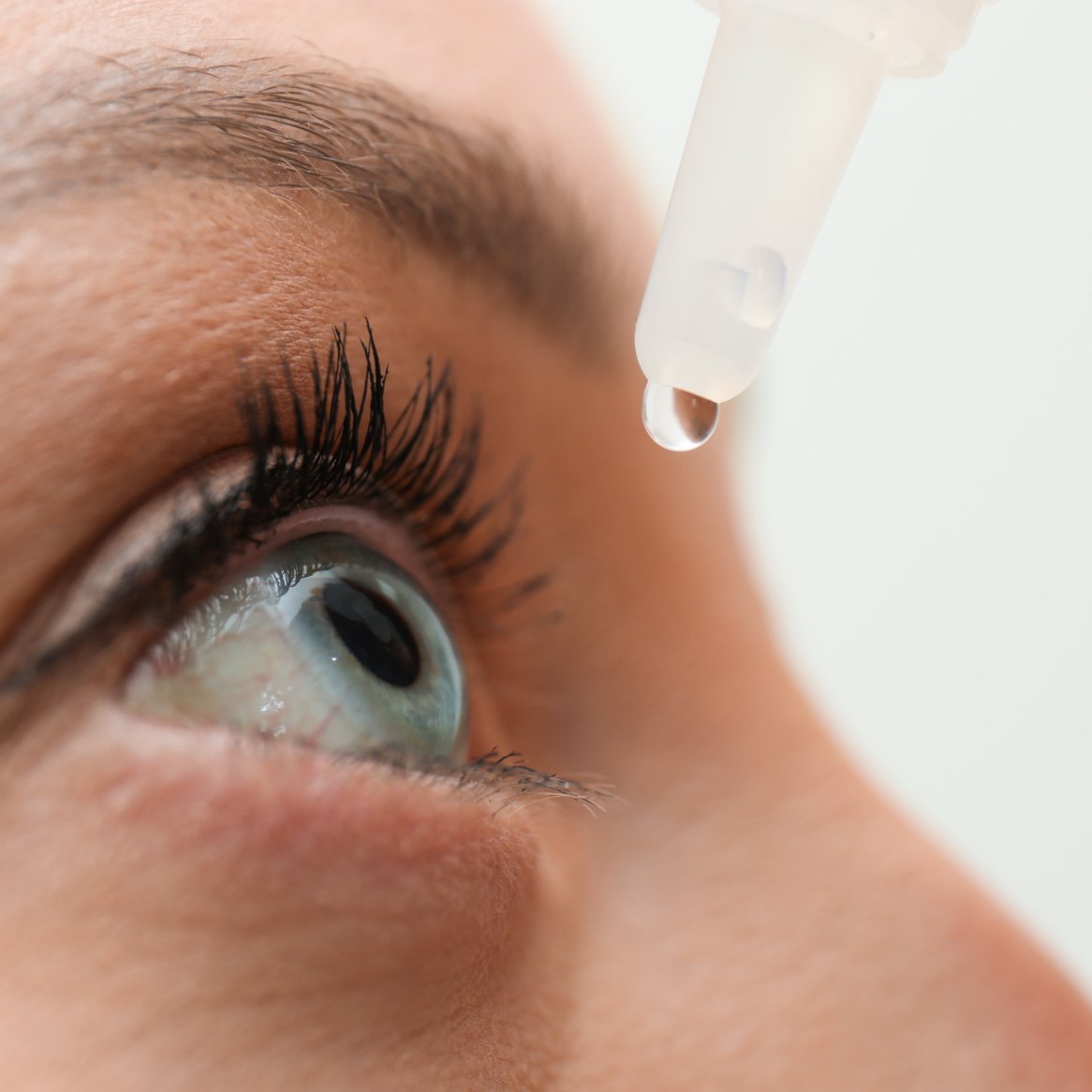When your eyes are feeling dry or irritated, you’re understandably going to want some fast relief. But if you head to the store in search of eye drops, you’ll find that there are tons of different types to choose from. And grabbing the wrong kind could end up doing more harm than good.
To understand how eye drops can help your dry eyes, let’s break it down by looking at the various types of eye drops out there. We’ll discuss the types of over-the-counter eye drops and prescription eye drops for dry eyes, as well as how they may help your symptoms.
Keep in mind that you should always follow your eye doctor’s recommendations when using eye drops and consult them with any questions.
Types of Over-the-Counter Eye Drops for Dry Eyes
There are three main types of over-the-counter eye drops that might be used for relieving dry eyes: lubricating eye drops (aka artificial tears), allergy eye drops, and anti-redness drops.
Lubricating Eye Drops (Artificial Tears for Dry Eyes)
As you probably guessed by their name, artificial tears are eye drops that mimic your body’s natural tears. They’re also called lubricating eye drops because their purpose is to moisten, or lubricate, eyes.
Some dry eye drops come in the form of ointments or gels, which are thicker than standard eye drops. These can be more effective in treating severe dry eyes because they stay on the surface of the eye for longer. Many people choose to use these thicker eye drops around bedtime, since they can temporarily blur vision.
What Are Lubricant Eye Drops Used For?
Lubricating eye drops are moisturizing eye drops for dryness—in other words, they’re primarily meant to keep the surface of your eyes hydrated.
When you blink, you’re refreshing a layer of moisture on the surface of your eyes that protects them from dust and debris. Artificial tears aid dry eyes when your body isn’t doing this effectively on its own. Lubricating eye drops moisten the surface of the eye with lubricants and elements found in natural tears.
Allergy Eye Drops
The name’s a giveaway—allergy drops are eye drops that are made for eyes reacting to common allergens like dust, dander, mold, and pollen.
If you suffer from allergies, you’re probably all too familiar with the red, itchy, watery, or dry eyes that accompany your allergens. When you know your eye irritation is being caused by allergies, that’s when you reach for the allergy drops.
Just be sure to check with your doctor to make sure what you’re experiencing is allergy-related. If you choose eye drops that aren’t right for you, then you might not get the relief you’re looking for.
How Do Allergy Eye Drops Help Dry, Red Eyes?
When your body reacts to allergens, it releases histamines that cause your allergy symptoms. Allergy eye drops have antihistamines in them to stop those annoying eye symptoms. Some allergy eye drops work by actually preventing your body from making the histamines altogether.
Sometimes, you’ll need to use allergy eye drops for two weeks to experience their full benefit.
Anti-redness Drops
Anti-redness drops are—you guessed it—eye drops for red eyes. These drops are for making the whites of eyes that are red or “bloodshot” appear clear again.
Red or “bloodshot” eyes that aren’t caused by allergies usually come from some kind of temporary irritation—like experiencing overtiredness or extreme eye strain, or being in a smoky room for a long time.
Most Anti-redness Drops Should Be Used Cautiously
Anti-redness drops should be used sparingly, in one-off cases, since they can actually make red eyes worse if overused or not used properly.
Anti-redness eye drops are made with decongestants. When your eyes appear red or bloodshot, it’s because irritation causes the blood vessels in your eyes to swell. Decongestants relieve this swelling temporarily, making the redness go away too. It’s because of these decongestants that anti-redness drops should be used sparingly.
Read more: Are Eye Drops Bad for You?
On top of using anti-redness drops cautiously, you should check with your doctor if you’re frequently experiencing red eyes—they could be caused by other eye conditions that need your eye doctor’s attention.
Eye Drops With Preservatives vs. Preservative-Free Eye Drops
It’s common for eye drops to contain preservatives—these are chemicals that prevent bacteria growth after the bottle has been opened. Eye drops with preservatives are often less expensive, but they can sometimes make dry eyes worse, especially if the dryness is more severe.
Preservative-free drops contain fewer chemicals, so optometrists usually recommend these eye drops if you’re going to use eye drops more frequently.
Prescription Eye Drops for Dry Eyes
If your case of dry eyes is severe, your eye doctor may recommend prescription eye drops. Prescription eye drops for dry eyes typically work by helping your eyes produce more natural tears. These drops may include medicines called cyclosporine or lifitegrast.
Still Unsure What Eye Drops to Use for Your Dry Eyes?
The best eye drops for your dry eyes are the ones your eye doctor recommends. If you feel like you need to use eye drops every day, multiple times a day, then there may be an underlying issue that needs to be addressed. Whenever you have questions about your eye health, it’s always best to make an appointment with your eye doctor.







